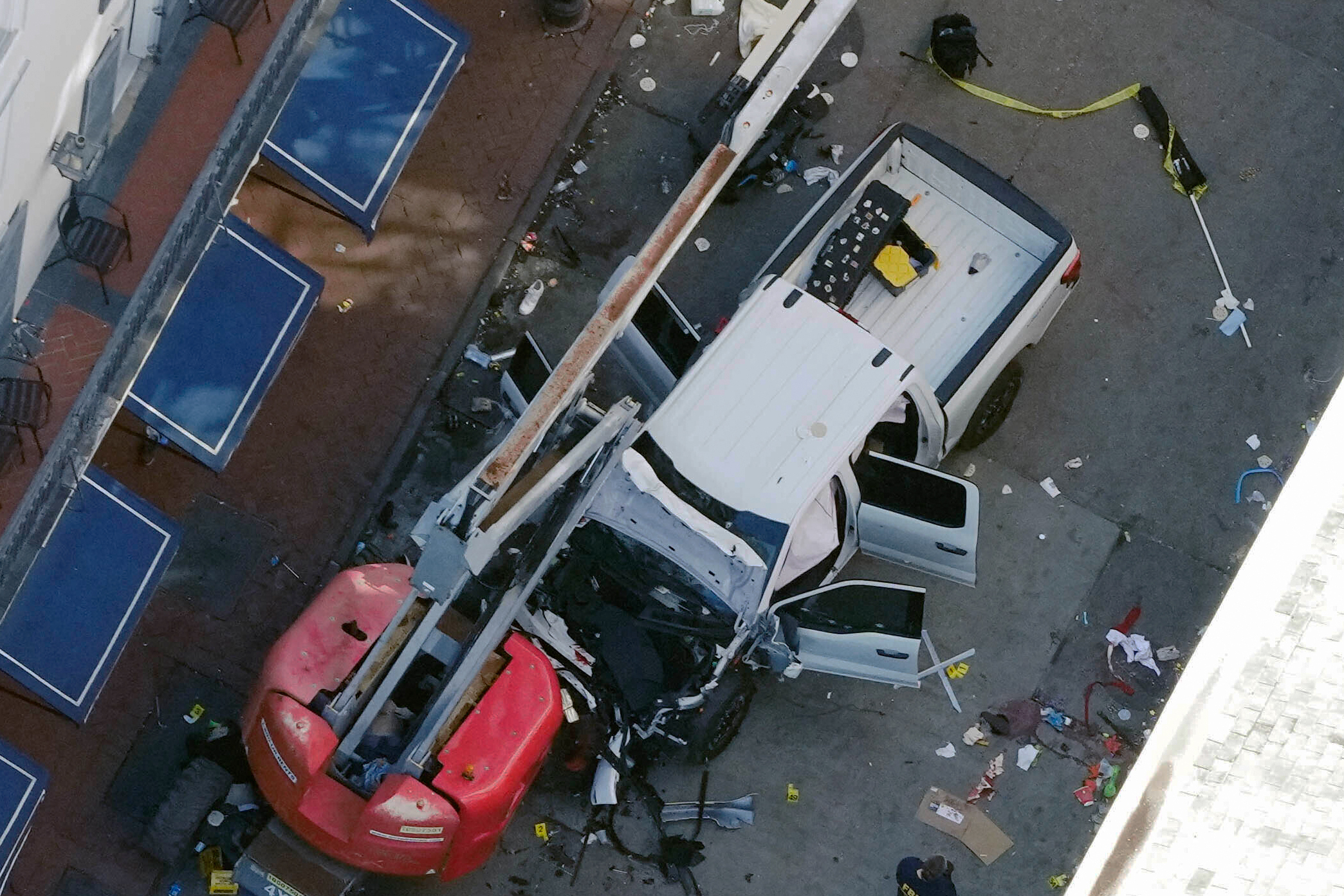Despite state-wide restoration efforts and a law banning bullets poisonous to the California condor, the endangered bird is still struggling to repopulate, according to an article by our media partner the North County Times.
A UC Santa Cruz study found that 30 percent of blood samples from the condor had lead exposure, typically from the carcasses of animals shot with lead bullets.
The study also found 20 percent of condors have lead exposure so severe, they require clinical treatment to stay alive.
This was surprising to many who dedicated time and resources to bringing the birds back from the brink of extinction.
Animal care specialists at the San Diego Zoo Safari Park are among those who contributed to breeding the California condor. The San Diego Zoo was the first facility in the world to successfully hatch a California Condor.
Since 1971, their population has risen from just 22 in the wild to over 230 living in the wild currently, Mike Mace with the Safari Park told the NCT.
The disappointing findings come about four years after state legislators enacted a ban on lead bullets in condor territory. The toxicity in lead is known to damage neurological, reproductive and immune systems in animals like the condor.
Local
For more on the efforts to repopulate the California Condor, read the article on the North County Times' website.
Follow NBCSanDiego for the latest news, weather, and events: iPad App | iPhone App | Android App | Facebook | Twitter | Google+ | Instagram | RSS | Text Alerts | Email Alerts



